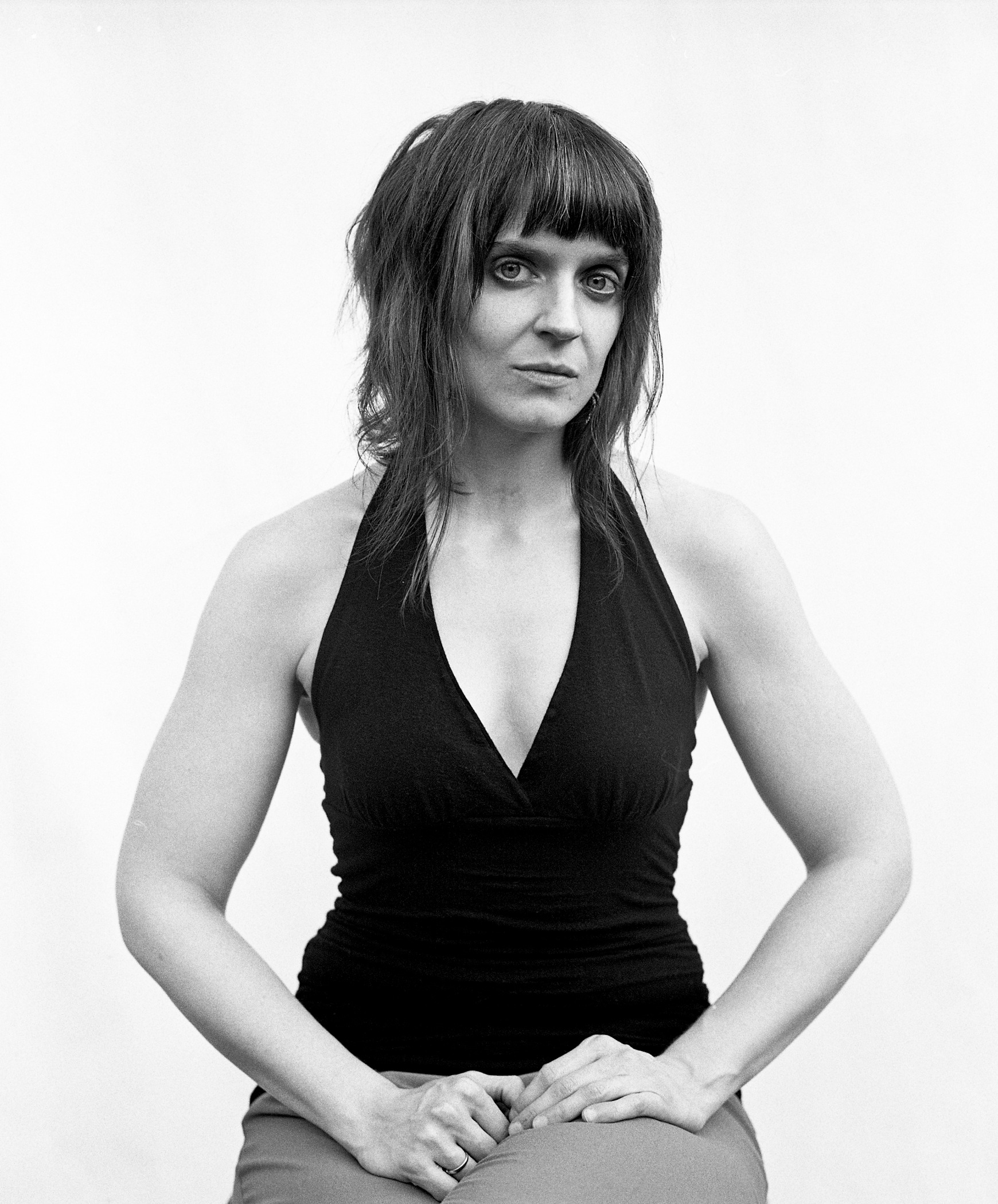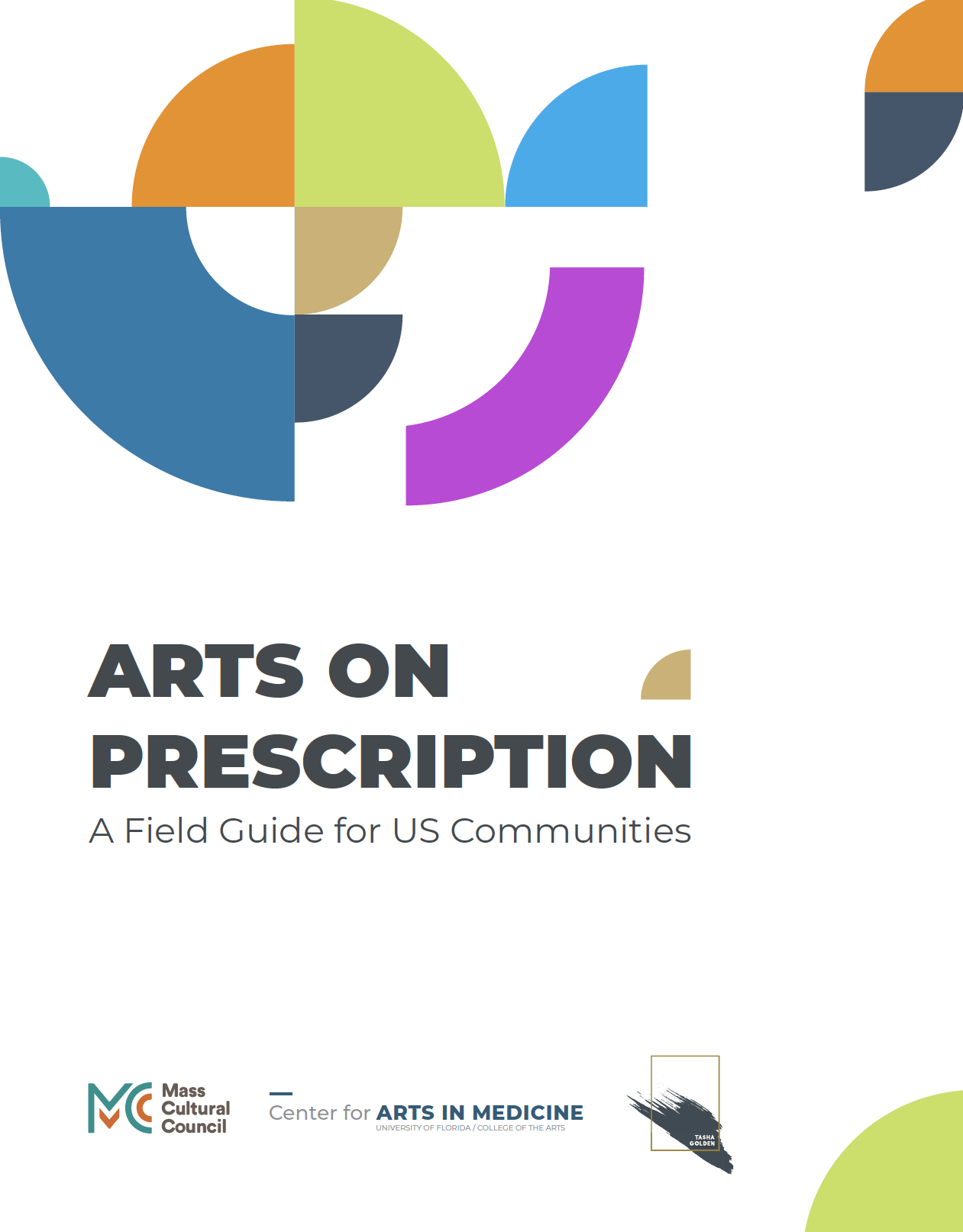Back to the F**kture: Tasha Golden
In our latest episode, Arts on Prescription: A Field Guide for US Communities author and innovator Tasha Golden discusses the impact of art on mental health with The Future Laboratory co-founder Martin Raymond.
According to the World Health Organization, good health isn’t ‘merely the absence of disease’, but ‘complete physical, mental and social wellbeing’.
Dr Tasha Golden, my latest guest on Back to the F**kture, concurs.
But – given the fact that she is a poet, songwriter, performer and storyteller, as well as a public health scientist – she takes this definition a step further.
For her, aiming for ‘complete wellbeing’ means thinking about what humans need not only to survive but to thrive, and this has always included the arts. And that’s the short version!
To explain and annotate the long one, she and her colleagues have collaborated on a hugely insightful field guide, called Arts on Prescription, which describes what arts on prescription is and why it matters, and provides the blueprint you need to follow.
Dr Golden’s work on the Field Guide is inspired in part by her music career, where she witnessed how art could affect and support audiences around the world. It is also informed by her role as the director of research at the International Arts and Mind Lab at Johns Hopkins University. Regular listeners and LS:N Global members will be more than familiar with this neuroscience organisation for its wider research into how the arts can be used to inform everything from better design, retail and architectural decisions to how we can boost our personal and professional creativity.
As we learn more about how the arts and aesthetics affect human brains and bodies, says Dr Golden, we can get more creative and innovative about how we advance wellbeing. Arts on prescription is a prime example of this.
As the Field Guide suggests, arts on prescription – also known as social prescribing – isn’t just a new way to tell patients to get out and about. It builds on the science behind how art affects our health – from flooding us with endorphins and oxytocin to reducing cortisol levels and addressing loneliness and isolation.
A single arts prescription often has multiple benefits. Someone might be prescribed a dance class to help elevate their serotonin levels, yet dancing could do that and more – such as improving empathy, physical fitness and the ability to collaborate with others. Regular classes may even help them live longer by mitigating the damaging effects of social isolation on the brain and body.

‘Patients referred to a general social prescribing programme experienced a nearly 10% improvement in social networks, the Field Guide says, ‘while The UK All-Party Parliamentary Group on Arts, Health and Wellbeing reported that an arts on prescription programme resulted in a 37% reduction in visits to general practitioners and a 27% reduction in hospital admissions, resulting in a cost saving of £216 per patient.’
Against this backdrop, UK children’s charity Barnardo’s has urged the UK government to introduce a national strategy for social prescribing, while the NHS has seen over 2.3m referrals to social prescribing services. At the same time, it has recruited over 3,475 social prescribing link workers, according to The Guardian, to more readily support patients’ health and wellbeing.
And Dr Golden stresses that social prescribing isn’t entirely new territory when it comes to improving the public’s health. In a world of Synchronised Care, of Longevity Lifestyles, and the widespread recognition that wellbeing is about recuperative and whole-life solutions, social prescribing fits well as a whole-person approach to helping people thrive. It also offers health providers a wider range of tools, so they can tackle health not only as the absence of disease, but ‘the presence,’ as she says, ‘of complete wellbeing’.
But, while ongoing empirical research informs much of the thinking contained in her field guide, Dr Golden’s personal experience as a singer-songwriter, poet and performer more radically and intuitively motivates her.
‘As a touring artist, I was struck by how people responded to my work, especially songs about depression or about my family’s history of domestic violence, and how listeners came to talk to me after concerts about their own difficult experiences – often telling me that they had never told anyone else before.
‘So what was it about art or music or about a music venue that allowed people to share their story for the first time?’
‘We evolved to make and share art because it does something for us,’ says Dr Golden. ‘And part of what it does is expand our capacity for communication and connection.’ Creative spaces and practices help us make room for – and make sense of – the vastness and complexity of our experience. It’s how we’re wired.’
In this sense, Arts on Prescription, and her larger work around linking arts and wellbeing, are about ‘connecting people with opportunities to express, to connect, to pursue something that’s meaningful to them’.
From previous Back to the F**kture podcasts with Dacher ‘Dr Awe’ Keltner, Susan Magsamen and Ivy Ross, we learned how music, poetry, painting, even nature bathing physically affect and chemically change the brain. Arts on Prescription applies those findings, inviting us not only to witness and explore art, but to create it – to write poetry, draw, dance, sing, design, play an instrument and more – to bolster our mental, physical and social wellbeing.

But arts on prescription programmes, as Dr Golden explains, do need to be culturally responsive and inclusive. It’s important to consider what the client or patient enjoys or finds meaningful, and this means listening to and collaborating with communities and end users. It also means including ‘grassroots, hyperlocal’ arts experiences that may not be on the radar of traditional arts leaders. And it means doing whatever we can to make arts and culture experiences truly accessible.
‘We have to shake loose what we think ‘health’ is, so we can innovate around how we create it,’ she says. ‘Arts on prescription, and social prescribing more generally, are examples of the fact that it’s possible to re-imagine how we think of health and healthcare. Nothing is as it must be.’
The arts, the Field Guide suggests, are part of how people generate meaning, purpose, belonging and a host of other benefits. They’re part of how we thrive, which means they’re core ingredients for long-term health and mental wellbeing.
You can find out more about Dr Tasha Golden and her work, including downloading a copy of Arts on Prescription: A Field Guide for US Communities, by clicking on the following link.
You can also book her for a talk or keynote on how to improve your company or corporate culture through art, creativity and wellbeing by contacting her here.
